Building a Foundation for Farmer-Led Kelp Processing
Affordable, local kelp processing is critical to scaling the regenerative ocean farming industry. With a short harvesting window and an even shorter shelf life, raw kelp needs to be quickly processed and stabilized before it begins to deteriorate. That short window, coupled with the fact that most farmers lack access to local commercial processing facilities, impacts their ability to bring their crops to market.
Over the past two years, GreenWave has been working with farmers and other partners around the globe to develop accessible and efficient processing solutions so that farmers can own and operate more of the seaweed value chain. This allows them to increase their farm production, make connections with buyers, and create new avenues of income. A core focus of this work is to develop designs that are affordable, replicable, and scalable.
“Farmer-owned seaweed processing has been a longstanding challenge in this industry,” says Toby Sheppard Bloch, GreenWave’s Director of Infrastructure. “These facilities must also be scalable in order to keep up with increasing volume as the industry continues to grow.”
With these principles in mind, GreenWave’s team incorporated easy-to-source, used, and repurposed equipment to drive down build-out costs—a key requirement for a commercial facility. A firewood conveyor carries whole kelp up to an industrial grinder, equipped with gear teeth that never need to be sharpened and don’t get clogged by the kelp. The shredded kelp then drops into an IBC tote, making it easy to move with a pallet jack and stabilize using a variety of secondary processing techniques. Each component of the processing line is on wheels, which makes the entire operation mobile while requiring minimal space and power. The new processing facility also only requires two people to operate, and no engineering experience is required.
Launched this spring with a processing line that cost only $15,000, GreenWave’s facility can process up to 3,000 pounds of kelp per hour, making it ideal for handling large harvests. The facility can also handle kelp of any quality, from biofouled to food-grade, opening up opportunities to work with buyers in multiple markets.
GreenWave uses the harvest from our farms in Connecticut to test our new processing designs, identifying successes and resolving pain points before sharing findings with farmers in our network. With our processing design solidified, we are sharing these learnings directly with farmers to promote replication in new regions. In partnership with Alaska Sea Grant, Kodiak Archipelago Leadership Institute, Alaska Ocean Farms, and Macro Oceans, GreenWave hosted more than 15 participants for a hands-on Rural Kelp Stabilization Demo in Kodiak, Alaska this month, providing farmer-to-farmer connections and the tools to start their own processing facilities. The workshop was part of a Joint Innovation Project grant, directed by the Alaska Fisheries Development Foundation with U.S. Economic Development Administration/Build Back Better funds.
“As farmers, we’ve been waiting for some of the bigger players to solve this processing gap in the kelp value chain,” says Bren Smith, GreenWave’s Co-Executive Director. “It’s been inspiring to work with other farmers who are stepping forward to build infrastructure that directly supports the needs of the industry.”
GreenWave’s vision is to build a processing supply chain from the ground up that serves the commercial needs of farmers and supports scale across the regenerative ocean farming industry. GreenWave is developing content that we’ll share through a mix of future Hub resources, webinars, and in-person trainings. Stay tuned for updates and opportunities to learn more about this work.





